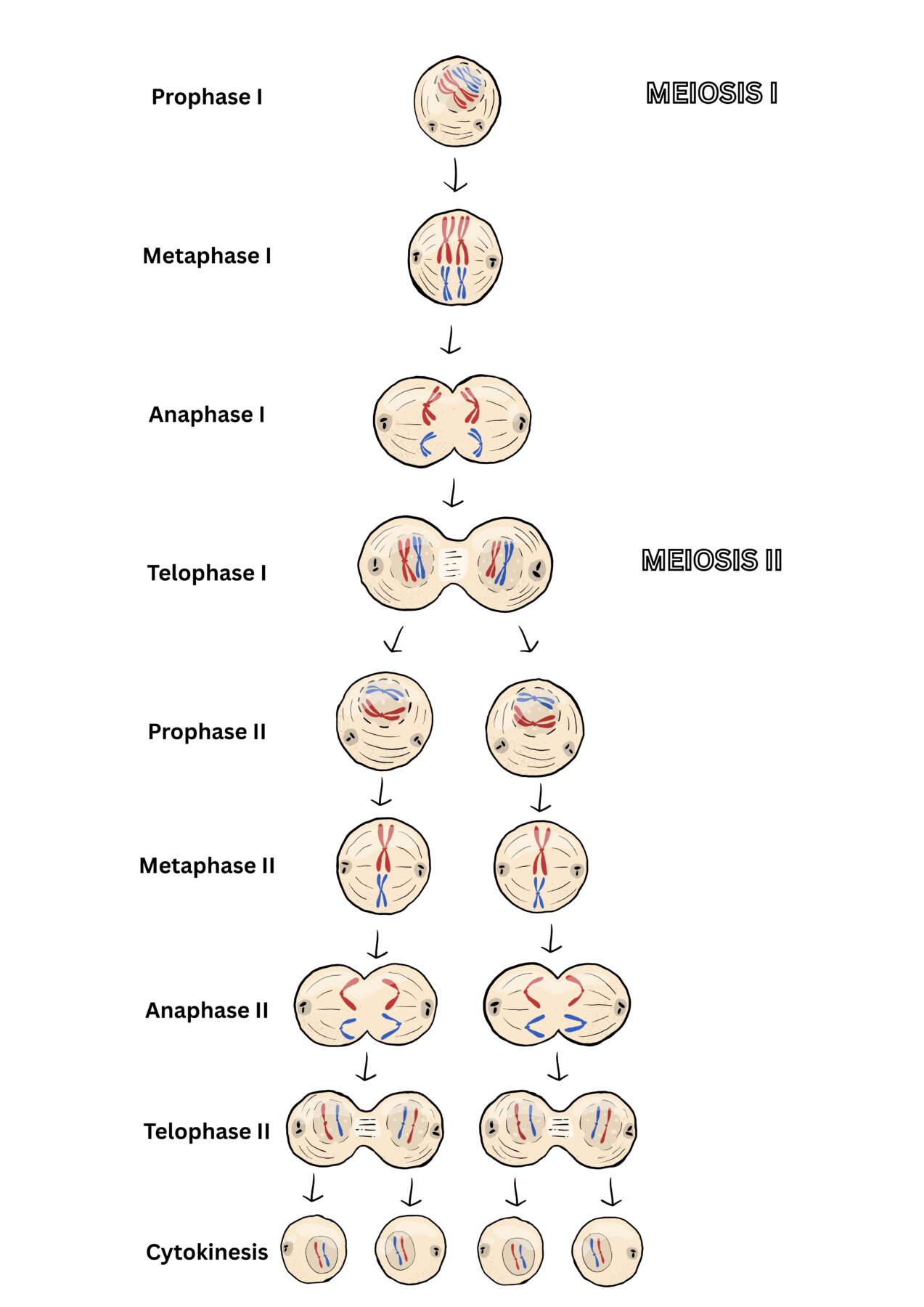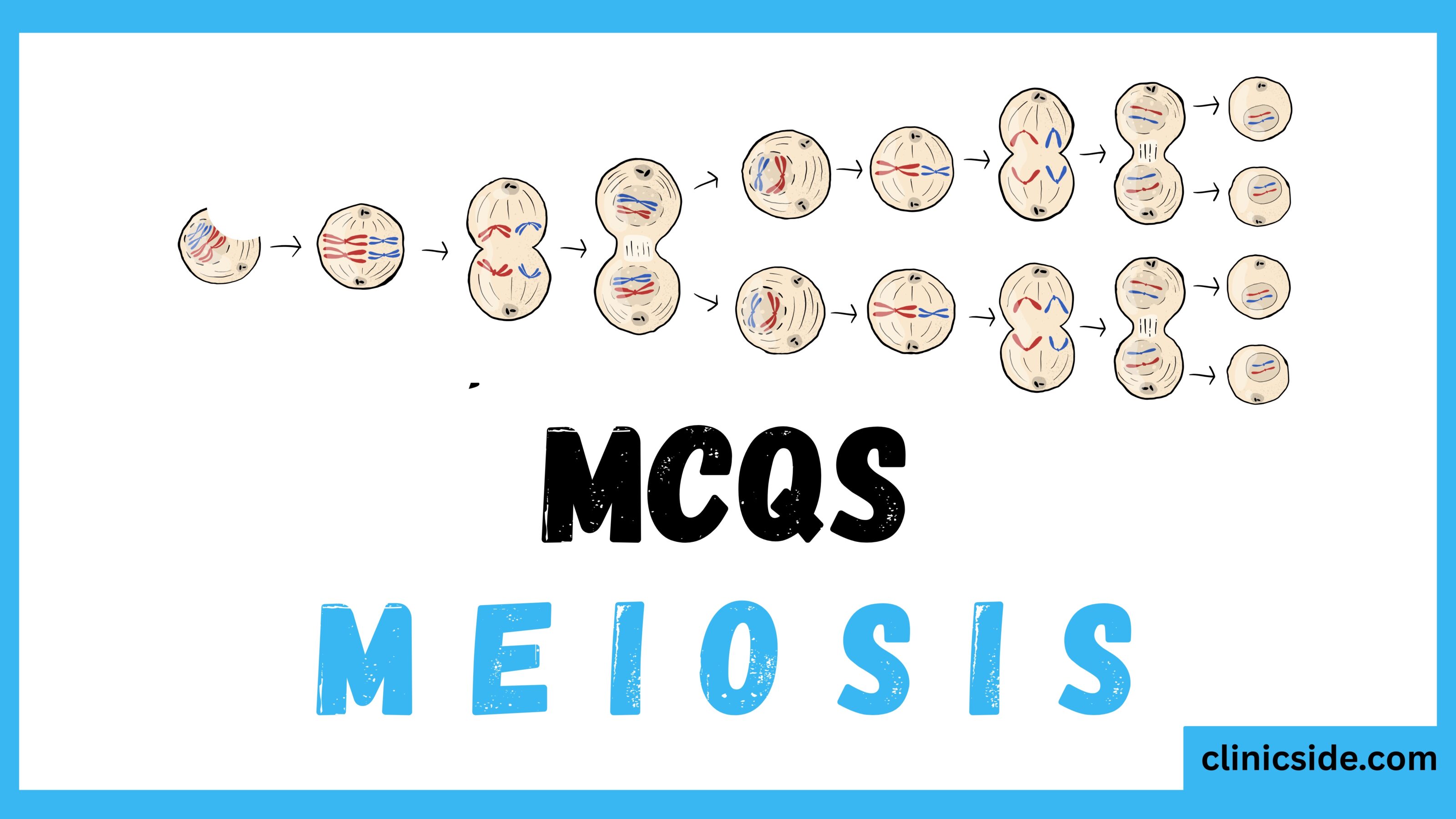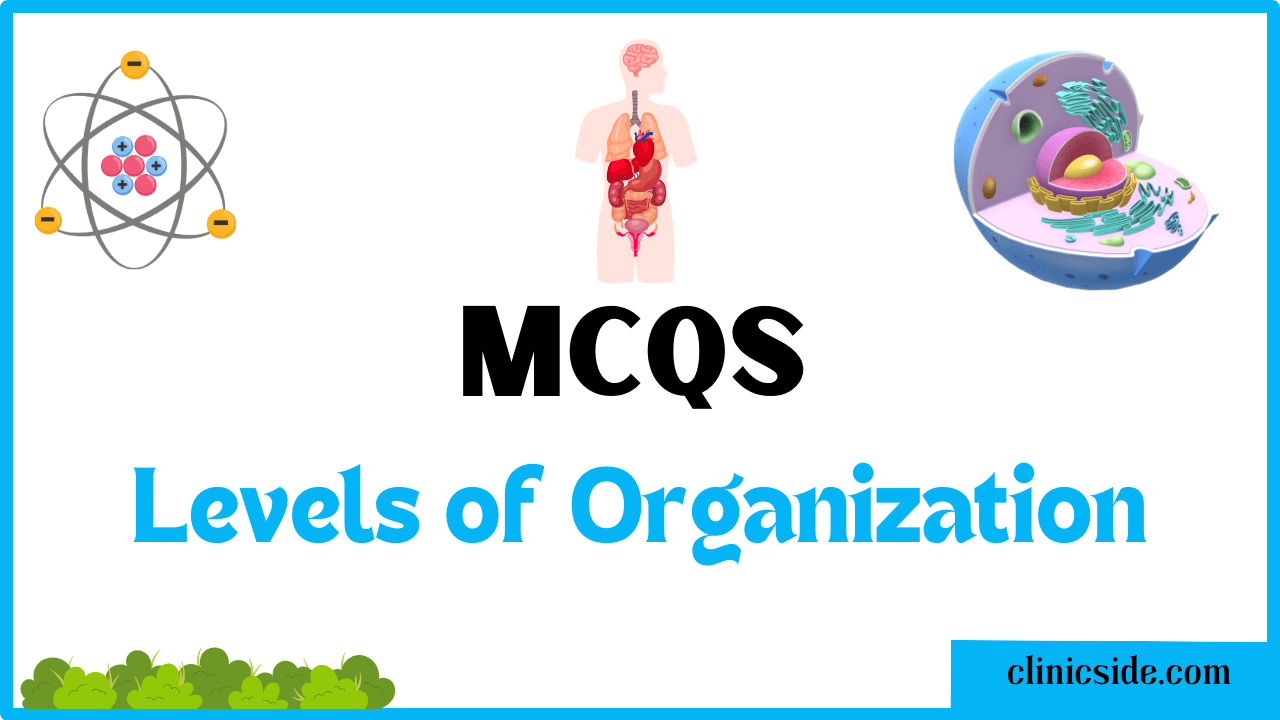Meiosis is a powerful biological process that lies at the heart of sexual reproduction. Unlike mitosis, which produces identical cells, it creates genetically unique cells. This difference is crucial for life as we know it. In this post, we’ll explore what meiosis is, how it works, and why it’s so essential for maintaining genetic diversity across generations.
Quiz
Available options: 1 to 20
What Is Meiosis?
Meiosis is a special type of cell division that occurs in reproductive cells such as sperm and egg cells in animals, or pollen and ovules in plants. It reduces the chromosome number by half, producing four non-identical daughter cells. This reduction is vital for maintaining the species’ chromosome number across generations.
The process takes place in two major stages: Meiosis I and Meiosis II. Each stage has its own sub-phases: prophase, metaphase, anaphase, and telophase. Together, these steps ensure the shuffling and reduction of genetic material.
Here’s a clear and student-friendly breakdown of the stages of Meiosis I and Meiosis II:

🔬 Stages of Meiosis I
Meiosis I is called the reductional division because it reduces the chromosome number by half.
1. Prophase I
- Chromosomes condense and become visible.
- Homologous chromosomes pair up (synapsis).
- Crossing over occurs, where genetic material is exchanged.
- Spindle fibers begin to form.
2. Metaphase I
- Homologous chromosome pairs line up at the center of the cell (metaphase plate).
- Independent assortment occurs, contributing to genetic variation.
3. Anaphase I
- Homologous chromosomes are pulled apart to opposite poles.
- Sister chromatids remain attached.
4. Telophase I and Cytokinesis
- Chromosomes reach the poles and the cell begins to divide.
- Two haploid cells form, each with half the original number of chromosomes.
🔬 Stages of Meiosis II
Meiosis II is called the equational division because it resembles mitosis no chromosome number is reduced.
1. Prophase II
- Chromosomes condense again in both haploid cells.
- Spindle fibers form.
2. Metaphase II
- Chromosomes line up at the center of each cell.
3. Anaphase II
- Sister chromatids are finally pulled apart to opposite poles.
4. Telophase II and Cytokinesis
- Chromatids reach the poles.
- Nuclear membranes reform.
- Four genetically unique haploid cells are produced.
At the end of meiosis, the following outcomes occur:
- Four haploid cells are produced from one diploid parent cell.
- Each haploid cell contains half the number of chromosomes compared to the original cell.
- These cells are genetically unique due to the processes of crossing over (in Prophase I) and independent assortment (in Metaphase I).
- In humans, this results in cells with 23 chromosomes, instead of the original 46.
- These haploid cells function as gametes (sperm or egg cells) in animals, or spores in plants and fungi.
How Meiosis Contributes to Genetic Diversity
One of the most significant outcomes is genetic variation. During prophase I, homologous chromosomes pair up and exchange genetic segments in a process known as crossing over. This leads to new gene combinations that were not present in either parent.
Additionally, the random alignment of chromosomes during metaphase I ensures a mix of maternal and paternal chromosomes in the resulting gametes. These two mechanisms make it a key player in ensuring that no two individuals (except identical twins) are genetically alike.
The Importance of Meiosis in Evolution
Genetic diversity generated through meiosis is the foundation of evolution. When environmental pressures act on a population, the genetic variation increases the chances that some individuals will possess traits favorable for survival. Over time, these traits become more common, driving the process of natural selection.
Without meiosis, life would be far less adaptable, and the pace of evolution would slow dramatically.
Common Disorders from Faulty Meiosis
Errors in meiosis can lead to serious genetic disorders. One well-known example is Down syndrome, which results from an extra copy of chromosome 21. Such errors, known as nondisjunction, happen when chromosomes don’t separate properly during meiosis.
Understanding how meiosis works helps scientists and doctors identify, treat, and even prevent some of these disorders.
Final Thoughts
In summary, meiosis is more than just a step in reproduction it’s a driving force behind the diversity of life on Earth. By producing genetically unique cells, meiosis ensures that populations can evolve, adapt, and thrive. Whether you’re a student, a teacher, or a biology enthusiast, grasping the power of meiosis helps you better appreciate the complexity and beauty of life.





